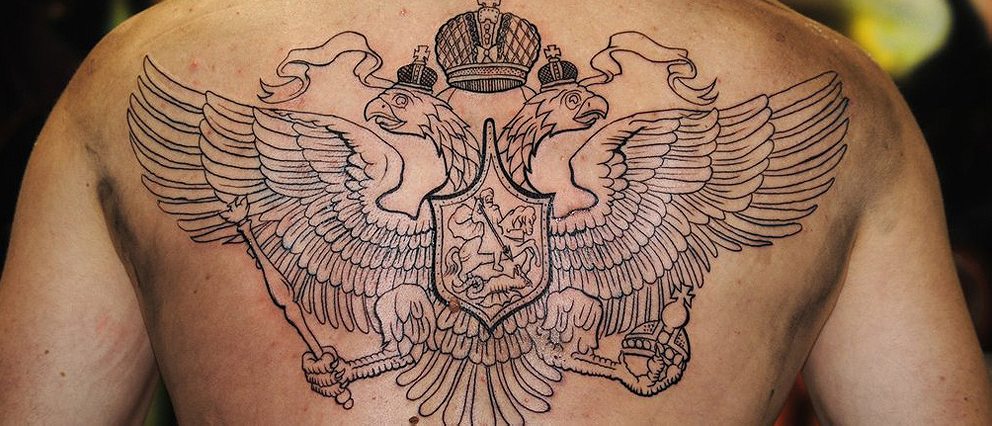Aftermath of the Pussy Riot trial: church and state mix at their own peril in Moscow.
In closing statements largely ignored in Russia and overly praised overseas (“an instant classic,” says David Remnick, who has a history of hyperventilation about Russian dissidents), the three agitpunks of Pussy Riot each gave their own cri du tribunal.
The least windy of the statements came from Yekaterina Samutsevich, who described Pussy Riot’s “complicated punk adventure in the Cathedral of Christ the Savior” in simple terms: the Russian Orthodox Church shouldn’t be in bed with the Kremlin.
There is a certain faddishness to the fury in the west about the two-year sentences handed down on August 17 (Joshua Foust called it “worst sort of slacktivism”). But long after Alicia Silverstone stops sending Putin letters urging access to vegan food for the prisoners, the core question will still stand: why does the Orthodox Church allow itself to be an instrument of political power in Putin’s Russia?
One answer: gold.
In Burma, the military junta paid penance for their crimes (including the murder of monks) by wrapping stupas in gold leaf. A similarly transactional relationship plays out throughout Russia.
A few years back I visited the Nilov Monastery about 230 miles northwest of Moscow. On a clear day over Lake Seliger, it looks like something out of a fairy tale. The sun hits the golden cupola, where monks play bells like pipe organs in a tower a hundred feet above the ground, and the light scatters in a thousand directions. And it’s not just Nilov: at the Orshina Monastery in the same province, the parking lot was filled with the tinted-window vehicles of visitors to the gilded chapel, black Land Rovers and Mercedes SUVs with Kremlin administration passes glued to their window.
In the parking lot I had a nice conversation with a parishioner named Lyudmila who informed me that, like the tsars, Putin derived his power from God. The Romanovs were so godly and hated by the enemies of Christ, she leaned in to tell me, that the Jews ate Anastasia’s body—mystery solved!

Inside the monastery, one of the head nuns, Mother Varsonofia, was a little more circumspect. “How Americans feel about freedom, that’s what God is for Russians. State and church are one. Splitting them [in Soviet times] was artificial and tragic.”
The Russian flag reinstated in 1991 features the imperial eagle with two heads, representing the church and state attached to the same body. The Cathedral of Christ the Savior was a more physical metaphor, built in the center of Moscow for $350 million at the Kremlin’s behest in 1997. The ties between Kremlin and the Church have only deepened since then. Patriarch Kirill called Putin a “miracle of God” recently, and the Church body called for ““divine retribution” against Pussy Riot in the lead up to the trial.
This is, however, a dysfunctional relationship. The Kremlin receives, as the Burmese junta does, legitimacy from its spiritual kinship. But the Kremlin has desperate desires that have nothing to do with faith or fealty. They want an economy. The oil fields falter, the currency crisis looms. They want investment. And now, by mixing God and courts and art and repression into these internationally televised proceedings—Michael Idov called them “long infomercials against investing in, visiting and generally dealing with Russia”—the Kremlin is the loser.
Russians are already uncomfortable both with the trial itself and particularly with the way it is being viewed in the outside world. And, should the political winds shift, they might not forget the church’s role in the long reign of Putin. That’s the thing about a Siamese twin of an eagle: if the body dies, so do both heads.
Header image: “Nil monastery view from the bell tower” by Panther, used under CC BY-SA 2.5